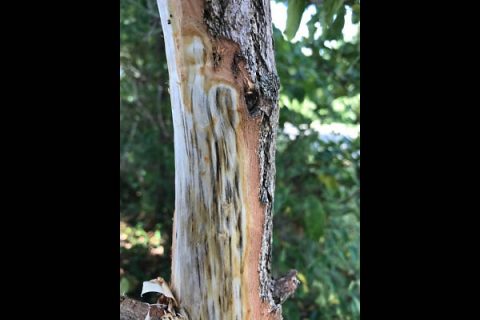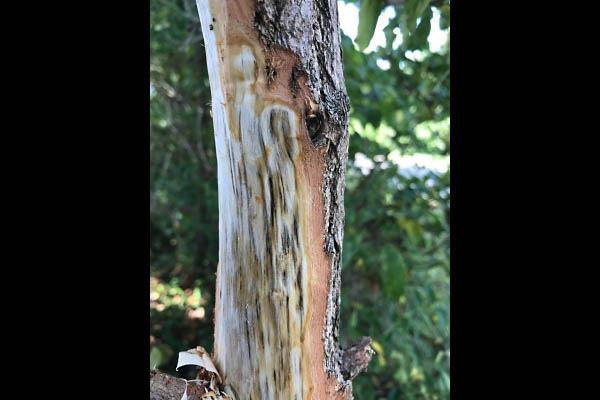 Nashville, TN – The Tennessee Department of Agriculture (TDA) is advising forest landowners to monitor their sassafras trees after detecting laurel wilt disease in Montgomery County and Dickson County.
Nashville, TN – The Tennessee Department of Agriculture (TDA) is advising forest landowners to monitor their sassafras trees after detecting laurel wilt disease in Montgomery County and Dickson County.
Laurel wilt is a fungal disease caused by an invasive pathogen, Raffaelea lauricola, which can affect a range of plants in the Lauraceae family, including sassafras and spicebush in Tennessee.

“Sassafras and spicebush are important ecological species in Tennessee and found in all regions of the state,” State Forester David Arnold said. “This is yet another unfortunate example of an invasive pest impacting our forests.”
The disease is transmitted by the wood-boring redbay ambrosia beetle. Once infection occurs, the fungus spreads quickly throughout the tree’s vascular system, preventing the movement of water within the tree. Choked of water, trees wilt and die within a few weeks or months of becoming infected.
While sassafras has limited commercial value to the forest industry in Tennessee, it is socially and ecologically important. The wood is often used for small woodworking projects, interior finish, cooperage, and fence posts. The tree is the host plant for the spicebush swallowtail butterfly and adds to the biodiversity of our forested ecosystem.
The long distance spread of laurel wilt disease to Tennessee is likely due to due to human movement of contaminated wood, such as firewood. The movement of infested firewood is one of the leading causes of invasive species issues in the country. For more information on transporting treated firewood, visit www.firewoodscout.org/s/TN
Tennesseans are urged to monitor their sassafras trees for browning of leaves, leaf loss, and staining in the inner bark. If you suspect your trees might have this disease, contact Forest Health Program Specialist Sam Gildiner at 615.837.5439 or sam.gildiner@tn.gov. TDA Division of Forestry staff will assist in identifying the disease and recommending management actions, if appropriate.
The TDA Division of Forestry works to minimize health threats to Tennessee’s forest resources, including mismanagement, insects, and disease. To learn more about how Tennessee manages forest health, visit www.protecttnforests.org



